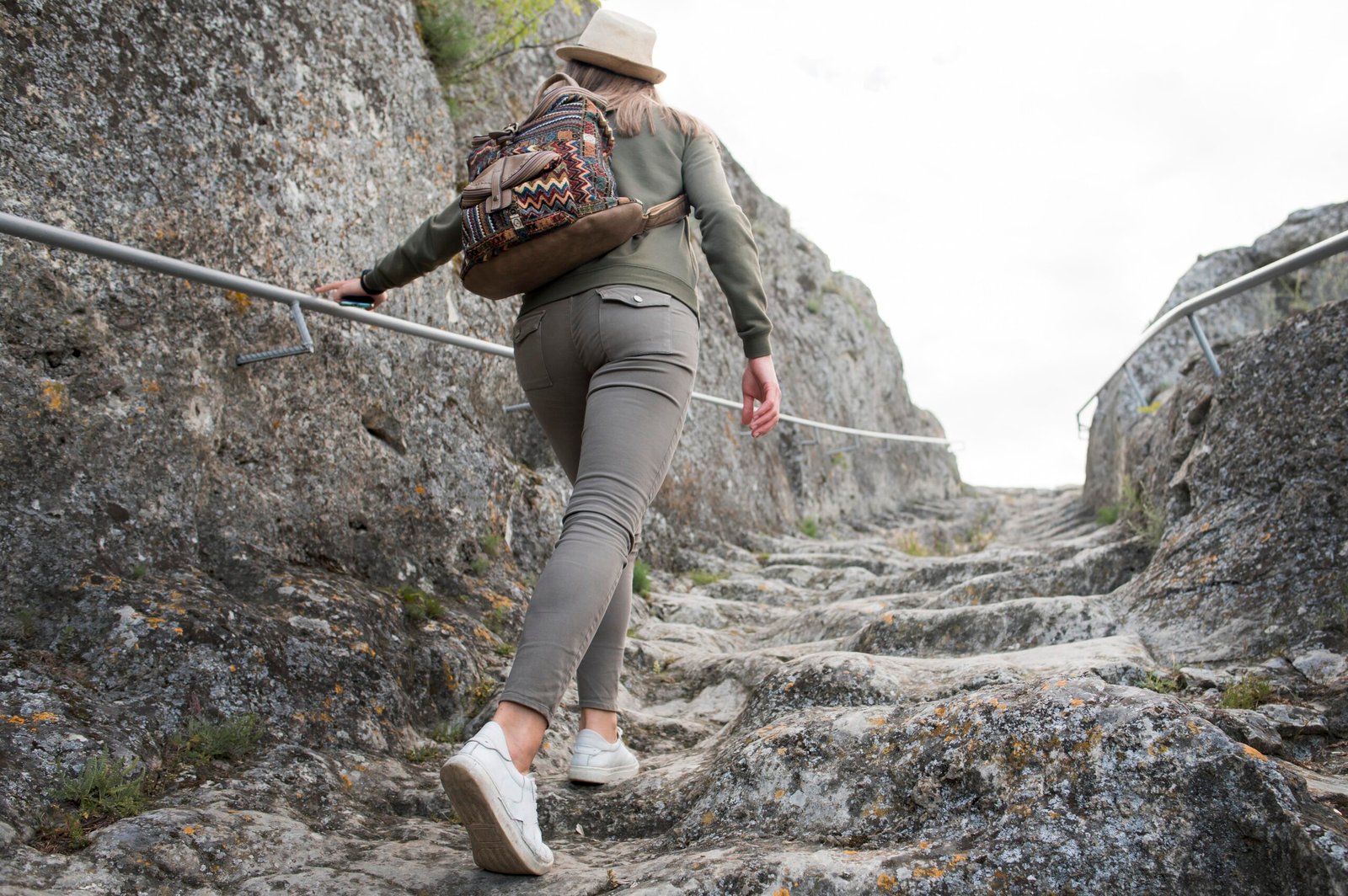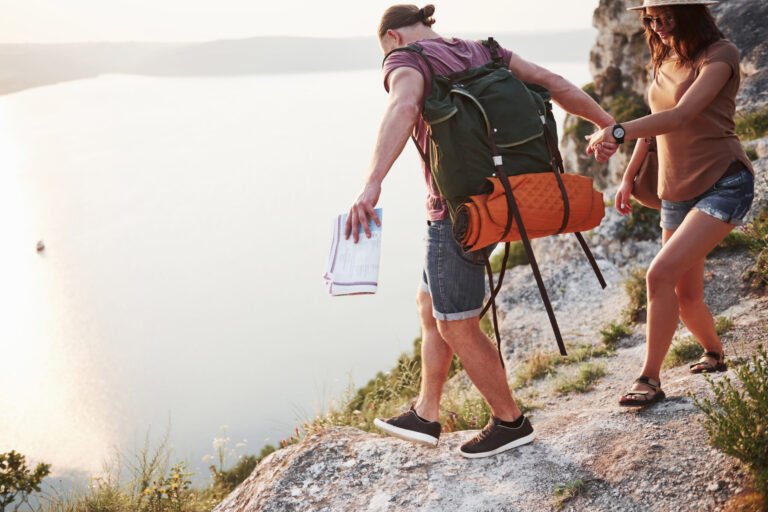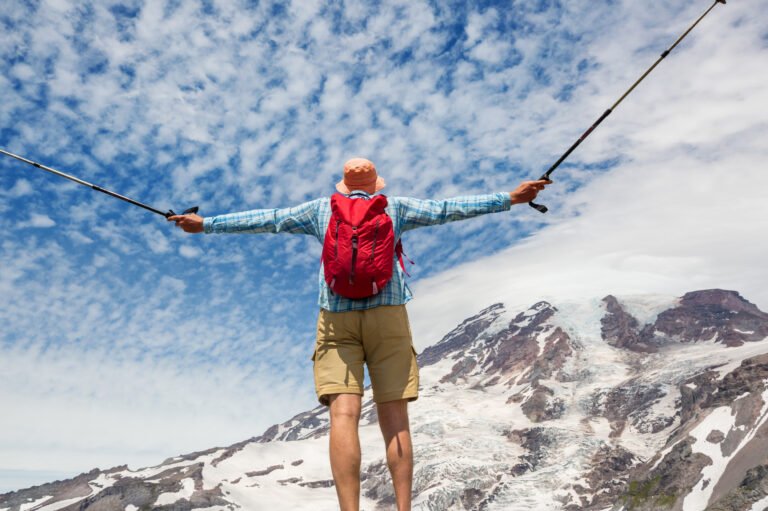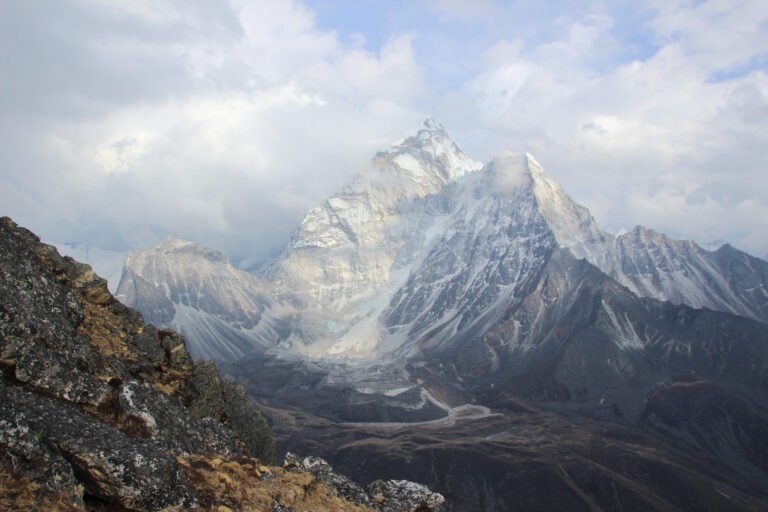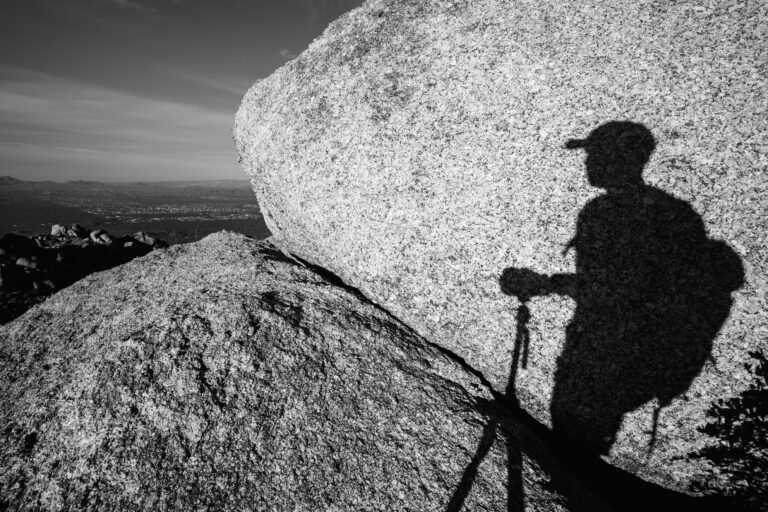Via Ferrata: The European Climbing-Hiking Hybrid Taking Over
Via Ferrata: the ultimate climbing-hiking hybrid. Prepare for a future adventure with essential safety equipment.
“The mountains are calling, and I must go,” said John Muir, a renowned naturalist. This call is being answered by many through an adventure, an innovative experience that combines the thrill of climbing with the accessibility of hiking.
This hybrid activity is revolutionizing the way people experience mountains, offering a unique adventure experience that is both exhilarating and safe. With the aid of specialized equipment and infrastructure, participants can enjoy the thrill of climbing and the beauty of hiking in previously inaccessible locations.
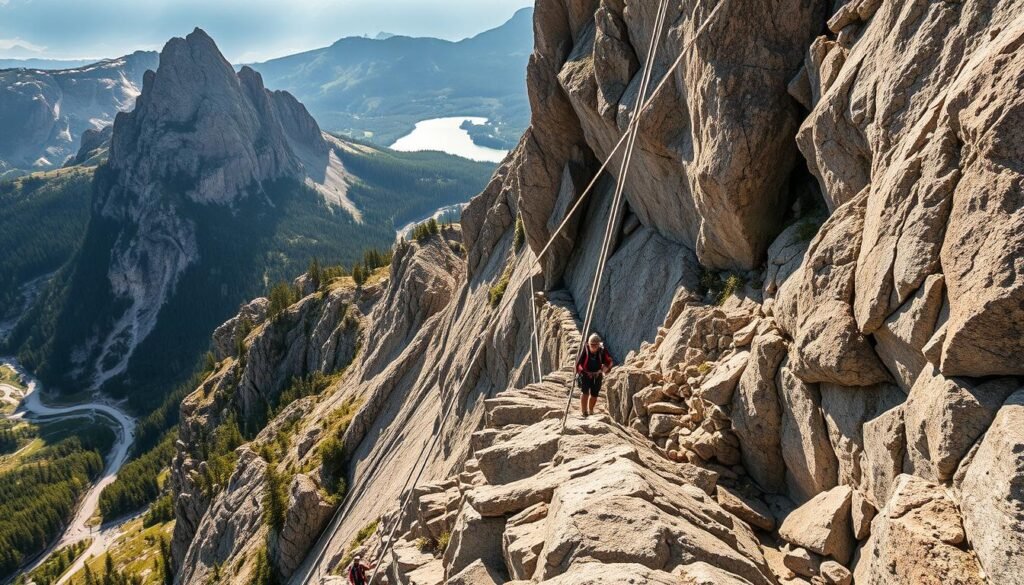
As this activity gains popularity in North America, after being a staple in Europe for generations, it offers a perfect middle ground for adventure seekers. It provides an experience that is both safe and thrilling, making it appealing to a wide range of skill levels. The focus on safety ensures that participants can enjoy the adventure without undue risk.
What is Via Ferrata? The Ultimate Mountain Adventure
This hybrid activity is revolutionizing the way people experience mountains, offering a unique adventure experience that is both exhilarating and safe. With the aid of specialized equipment and infrastructure, participants can enjoy the thrill of climbing and the beauty of hiking in previously inaccessible locations.
The Origins of the “Iron Way”
The concept of Via Ferrata originated in the Italian Dolomites during World War I, where soldiers used iron rungs and cables to traverse mountainous terrain. Today, this “iron way” has evolved into a popular adventure activity, offering a unique blend of climbing and hiking with the aid of safety equipment.
How Via Ferrata Works: Cables, Rungs, and Routes
A Via Ferrata system consists of a steel cable anchored to the rock face, rungs or steps, and sometimes suspension bridges or ladders. Climbers attach themselves to the cable using a harness and carabiner, ensuring a safe progression along the route. The cable serves as both a safety system and a climbing aid, allowing individuals to navigate challenging terrain with confidence.
The various components of a Via Ferrata system work together to provide a secure and exciting experience. By remaining attached to the safety cable, climbers can focus on the adventure ahead, taking in the breathtaking views and enjoying the thrill of exploring rugged mountain landscapes.
Essential Via Ferrata Equipment and Safety Systems
As this activity continues to captivate outdoor enthusiasts, understanding the essential safety equipment is vital. The right gear and knowledge not only enhance the climbing experience but also ensure a safe adventure.
Harnesses and Carabiner Systems
A critical component of safety is the harness and carabiner system. Modern harnesses are designed to be comfortable and durable, while carabiners are engineered for secure attachment to the cable. The energy absorption system is a key feature that helps to reduce the impact of a fall.
In addition to harnesses and carabiners, helmets, gloves, and footwear are crucial for a safe and enjoyable via ferrata experience. Helmets protect against falling debris, while gloves provide grip and protection for the hands. Sturdy footwear with good traction is essential for navigating the terrain.
In addition to harnesses and carabiners, helmets, gloves, and footwear are crucial for a safe and enjoyable via ferrata experience. Helmets protect against falling debris, while gloves provide grip and protection for the hands. Sturdy footwear with good traction is essential for navigating the terrain.
Modern Safety Innovations
Modern safety innovations include advanced energy absorption systems and more intuitive carabiner designs. These advancements have significantly improved the safety and accessibility of climbing. Professional guide services also play a crucial role, with trained staff certified in CPR/First Aid and high-angle rescue techniques. Furthermore, route design now incorporates safety features, and weather monitoring systems help prevent climbers from being caught in dangerous conditions.
The combination of proper equipment, professional guides, and well-designed routes ensures a safe and enjoyable via ferrata experience. As the sport continues to evolve, it’s likely that we’ll see even more innovative safety measures being implemented.
Understanding Via Ferrata Difficulty Ratings
Understanding the difficulty ratings of routes is crucial for a safe and enjoyable experience. This activity, which translates to “iron way” in Italian, involves navigating mountainous terrain with the aid of safety equipment and fixed cables.
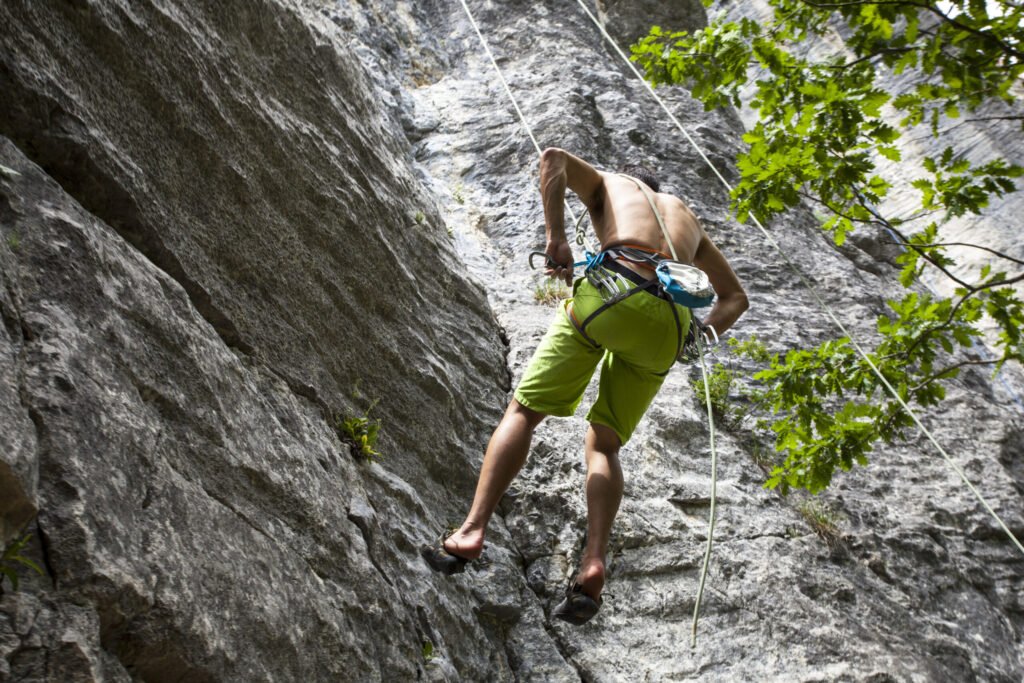
International Rating Systems Explained
The International Via Ferrata Rating System is used to classify routes based on their difficulty, exposure, and physical demands. Routes are typically rated from A (easy) to F (extremely difficult). Understanding these ratings helps climbers choose a Via Ferrata route that suits their climbing experience and physical condition.
For instance, a route rated A or B is considered beginner-friendly, with minimal exposure and relatively easy terrain. In contrast, routes rated D or higher involve more challenging terrain, greater exposure, and a higher level of physical fitness.
From Beginner to Expert: Choosing Your Challenge
When selecting a route, it’s essential to consider your personal fitness level, comfort with exposure, and previous climbing experience. Beginners should start with shorter, less exposed routes that have plenty of rest platforms. A guide or joining a group can be beneficial for assessing your abilities and comfort level before attempting more challenging routes independently.
Even experienced rock climbers should begin with easier Via Ferrata routes to become familiar with the unique equipment and techniques. Overestimating your abilities can lead to dangerous situations, so honest self-assessment is crucial when choosing a route for your day out.
Planning Your First Experience
Planning your inaugural via ferrata experience involves more than just showing up at the mountain; it demands a thoughtful approach. To ensure a safe and enjoyable adventure, it’s crucial to prepare adequately.
Physical Requirements and Preparation
This activity can be physically demanding, requiring a good level of fitness. Participants should be comfortable with climbing stairs and walking on uneven terrain. Preparation is key, so start training a few weeks before your trip to build your endurance.
What to Wear and Pack
Wearing the right gear is essential for a successful experience. Comfortable hiking boots with good grip are a must, along with layers for changing weather conditions. Don’t forget to pack a waterproof jacket and gloves for added protection.
Weather Considerations and Seasonal Factors
Weather plays a significant role in safety. Be aware of the dangers of lightning, high winds, and precipitation. Check weather forecasts before heading out and understand that mountain weather can be unpredictable. Afternoon thunderstorms are common in some regions during summer, making early morning starts advisable.
Understanding the seasonal factors affecting Via Ferrata routes is also crucial. Limited access during winter, snow and ice hazards in spring, and afternoon thunderstorms in summer are all factors to consider. Always check with local guides or tour operators for the best times to visit based on your region.
Mountain resorts are a great place to start your journey. Resorts like Whistler Blackcomb in British Columbia, Canada, offer guided via ferrata tours that cater to all skill levels. These tours provide an opportunity to experience the thrill while enjoying the amenities and services of the resort. For instance, you can explore the best locations in North America, which offer a range of routes for every kind of adventurer.
For a more authentic mountain experience, consider exploring via ferrata routes in national parks and wilderness areas. The Canadian Rockies and Colorado Rockies are home to some of the most spectacular and remote via ferrata routes. These routes often require longer approach hikes and more preparation, but the reward is well worth it – breathtaking views and a sense of solitude. A guide can be invaluable on these routes, providing expertise and enhancing the overall experience for the group or individual.
Why this activity is the Future of Adventure Tourism
With its perfect balance of challenge and accessibility, this activity is poised to become a leading activity in the adventure tourism sector. This unique form of mountain adventure bridges the gap between hiking and technical climbing, creating a new category that appeals to multiple demographics.
This activity addresses the growing demand for authentic outdoor experiences that offer genuine challenge while remaining accessible to a broad audience. The activity provides a gateway experience that can inspire a deeper connection with mountains and potentially lead participants to explore other mountain sports.
The economic benefits for mountain communities and resorts that install these routes are significant, as they can extend their operating seasons and diversify their offerings. Moreover, this activity has environmental advantages compared to other mountain developments, with a minimal footprint and concentration of visitors on established routes.
As the industry looks to the future, trends in development include potential urban installations, educational components, and integration with other adventure activities. With experienced guides and a focus on safety, participants can step out of their comfort zone and enjoy the majestic views of mountain landscapes. For more great articles, check out our site!

